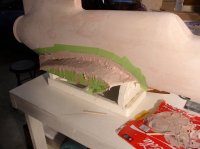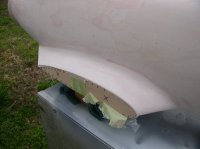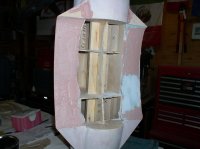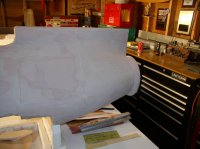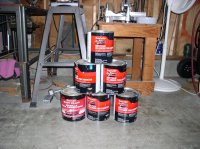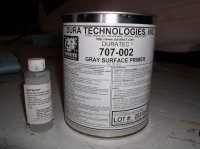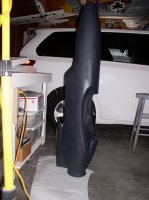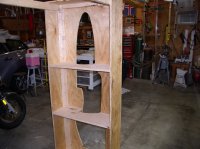Larry B
70cc twin V2
Jetpainter,
Nope, I have never had any issues with the Bondo eating up the blue foam. I had never thought about it but polyester based resins do eat up some foams and Bondo is a polyester based stuff. I remember while doing the plug for the 109E I used a bunch of blue foam around the nose because of the shape, but it seemed to work well.


Nope, I have never had any issues with the Bondo eating up the blue foam. I had never thought about it but polyester based resins do eat up some foams and Bondo is a polyester based stuff. I remember while doing the plug for the 109E I used a bunch of blue foam around the nose because of the shape, but it seemed to work well.


